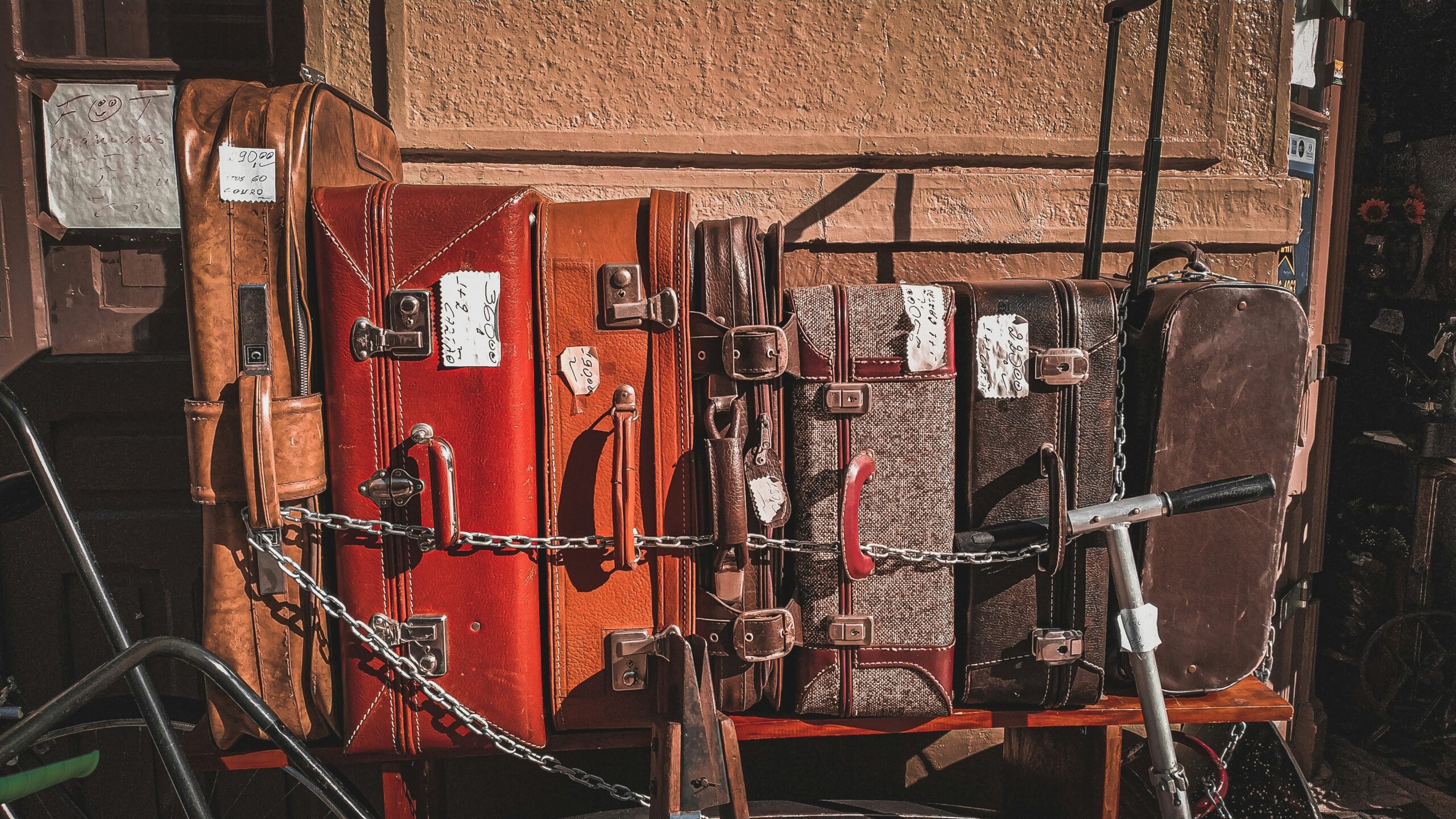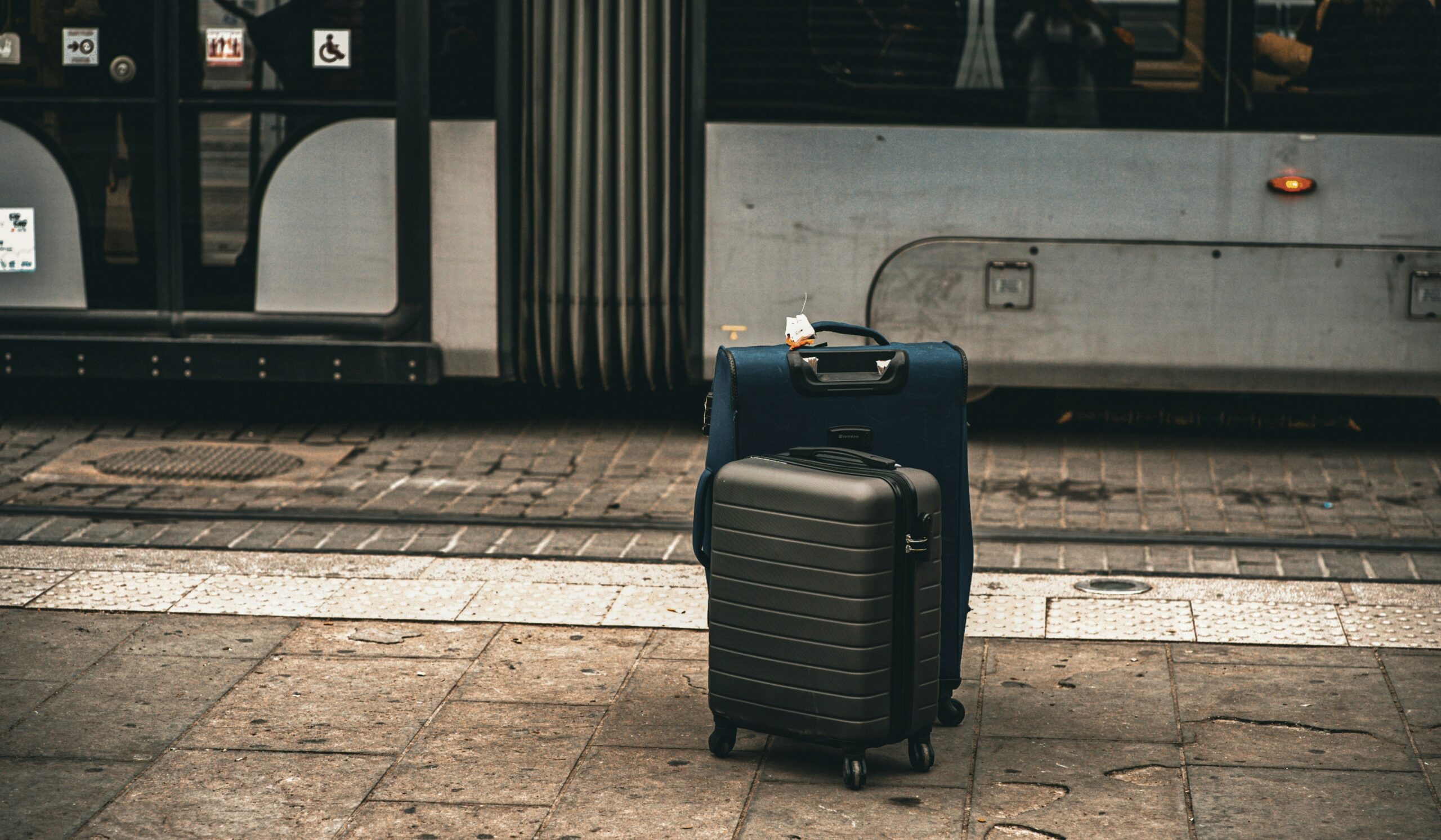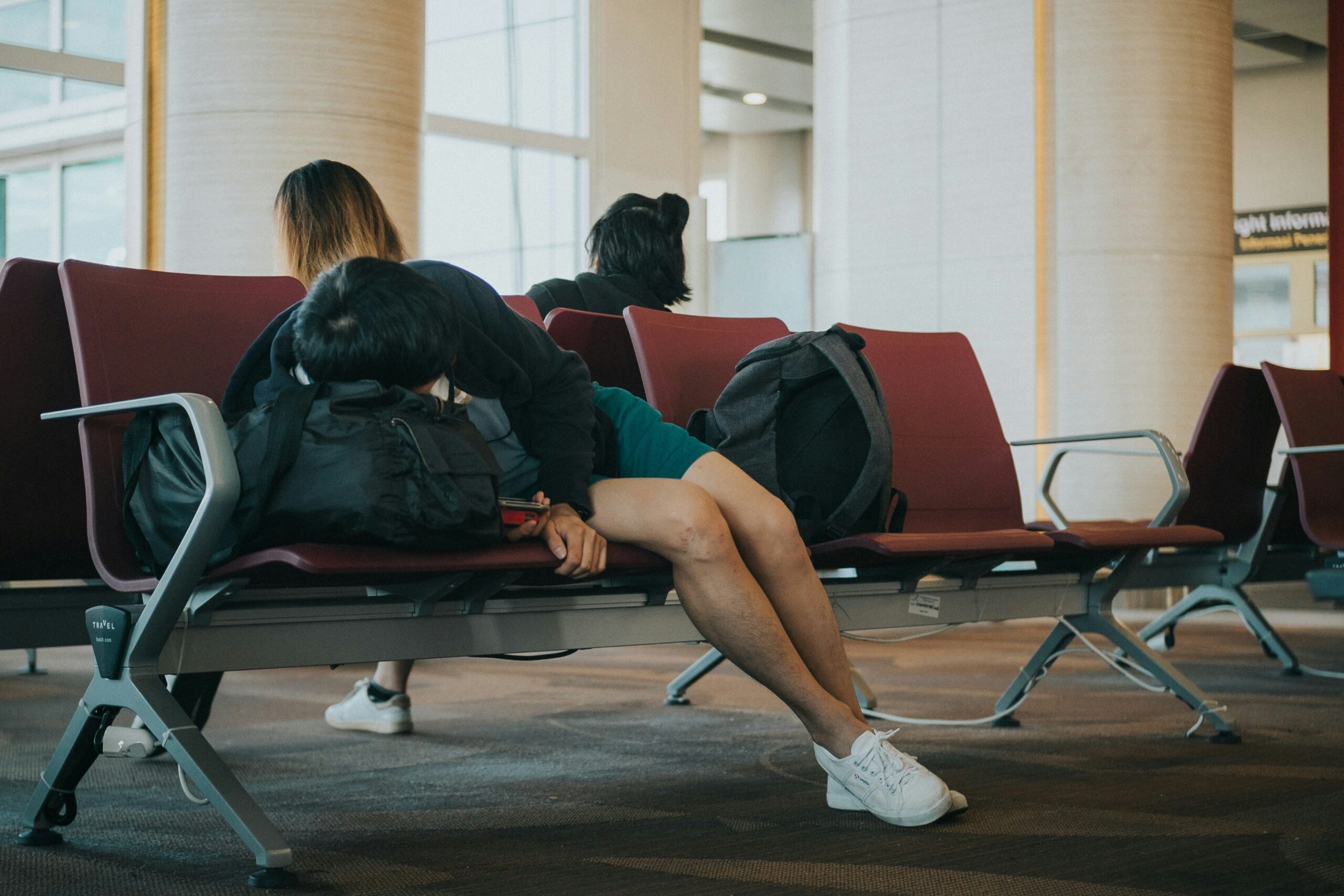Ever stared at an empty luggage carousel, heart sinking as you realize your bag is MIA? It happens to 25 million travelers every year. Yep, that’s right—1 in 200 flights ends with lost luggage. If you’ve ever been stuck in sweaty gym clothes for three days while your suitcase enjoys a solo vacation in Timbuktu, this one’s for you.
In this post, we’ll walk you through everything from how baggage insurance works to mastering the Lost Luggage Replacement Process. You’ll learn why most people mess it up, pro tips to simplify the process, and even a rant about airlines’ baffling excuses. Let’s dive in!
Table of Contents
- Key Takeaways
- What Is Lost Luggage Replacement?
- Step-by-Step Guide to the Lost Luggage Replacement Process
- Tips & Best Practices
- Real-Life Examples
- FAQs
Key Takeaways
- The Lost Luggage Replacement Process can be smooth if you have baggage insurance.
- Filing claims immediately increases your chances of reimbursement.
- Documenting everything—from receipts to communication—is crucial.
- Airlines aren’t always on your side; know your rights under federal laws.
- Bonus tip: Always pack essentials in your carry-on. Trust me—I learned this the hard way.
What Is Lost Luggage Replacement?
Losing luggage isn’t just inconvenient—it’s expensive. Without proper coverage, replacing toiletries, clothes, or electronics can burn a hole in your wallet faster than coffee stains your white shirt. But here’s where baggage insurance swoops in like a superhero cape.
Baggage insurance typically covers:
- Replacement costs for lost items
- Purchase of essentials during delays
- Compensation for damaged goods

Figure 1: Infographic displaying annual lost luggage statistics.
Step-by-Step Guide to the Lost Luggage Replacement Process
Step 1: File a Report Immediately
Grumpy You: “Can’t I wait till tomorrow?”
Optimist You: “Not unless you want zero leverage later.”
Most airlines require you to file a Property Irregularity Report (PIR) within 24 hours of landing. This document is GOLD. Treat it like your passport—don’t lose it.
Step 2: Gather Evidence
Take pictures of the baggage tag, receipt stubs, and any documents related to your trip. Personally, I saved screenshots of my travel itinerary after losing a $500 winter coat once. Lesson learned the frosty way.
Step 3: Contact Your Insurer
Your insurer will guide you through submitting a claim. Usually, they’ll need copies of your PIR, receipts, and a detailed list of missing items. Don’t skip details; generic descriptions like “clothes” won’t fly.
Step 4: Purchase Essentials
If luggage delay stretches beyond 24 hours, buy necessities ASAP. Keep all receipts—they’re proof you acted responsibly.

Figure 2: Flowchart outlining the step-by-step lost luggage replacement process.
Tips & Best Practices
- Pack Smart: Never put valuables in checked baggage. Jewelry? Laptop? Passport? Nope. Carry them onboard.
- Keep Receipts: Documentation is king. Receipts prove what you owned and its value.
- Know Airline Limits: Airlines cap liability payouts around $3,800 per passenger. Insurers often cover higher amounts.
- Terrific Tip Alert: Avoid perfume or fragile items in suitcases. They spill, break, and cost you time arguing.
- Terrible Tip Disclaimer: “Just wing it” doesn’t work here. Show up prepared.
Real-Life Examples
Betsy from Boston flew to Paris last summer only to find her luggage still chilling in Atlanta. With no backup outfits, she had to shop local—and ended up spending over $800. Her insurer reimbursed her fully because she followed these steps religiously.
On the flip side, Jake ignored the advice to document everything. When his camera gear vanished en route to Tokyo, he struggled to file a complete claim. Result? A fraction of the payout he deserved.
A Quick Rant About Airline Excuses
Ugh, don’t get me started on airlines blaming weather or “system errors” for lost luggage. Once, Delta claimed my bag couldn’t make a connection due to “mechanical failure.” Meanwhile, other passengers got theirs without issues. Coincidence? Maybe. Conspiracy theory fuel? Absolutely.
FAQs
Q: How long does the Lost Luggage Replacement Process take?
A: Typically 7–10 business days, but delays happen.
Q: Do I need separate baggage insurance if I have credit card coverage?
A: Check your policy. Some credit cards offer limited baggage protection but might not cover high-value items.
Q: Can I claim both from my insurer and the airline?
A: No double-dipping allowed. Stick to one route.

Figure 3: Screenshot highlighting frequently asked questions about the lost luggage replacement process.
Conclusion
Losing luggage sucks—but knowing the Lost Luggage Replacement Process makes it suck less. Baggage insurance saves headaches, cash, and sanity when airlines fail you. Remember: Prepare, document, act fast.
And hey, next time someone asks about travel hacks, hit ‘em with this wisdom wrapped in a nostalgic bow: “Like Pokémon cards in the ’90s, good travel prep never goes out of style.”


